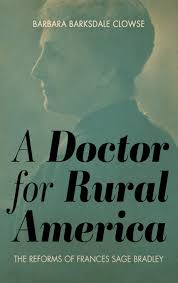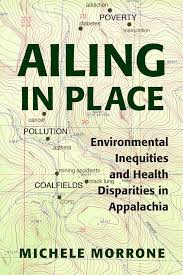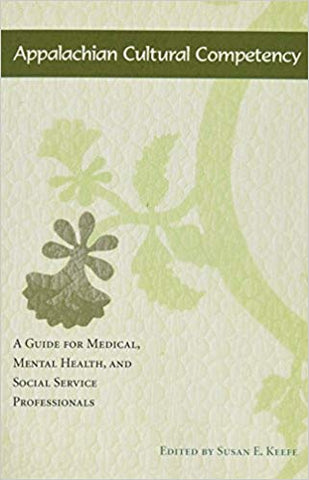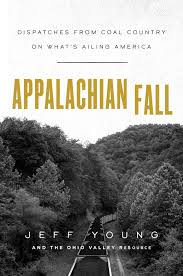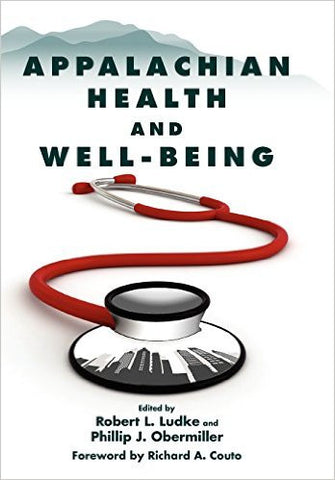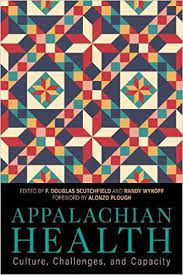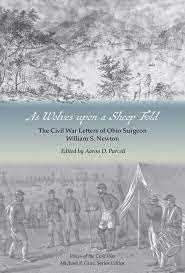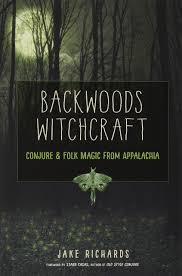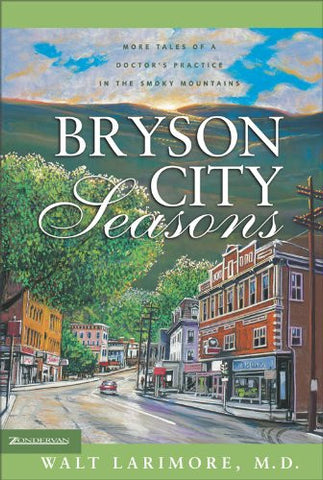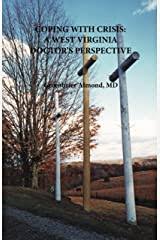Health & Medical
Many healing practices were authentically passed down by Swimmer to James Mooney and published as The Myths and Sacred Formulas of the Cherokees by the U.S. Bureau of Ethnography in 1900 and reprinted many times since. Southern Folk Medicine (2018) by Phyllis D. Light and Folk Medicine in Southern Appalachia (2003) by Anthony Cavender give insight into subsequent traditional herbal medicine in Appalachia. Trying to Give Ease (1997) by John K. Crellin and Jane Philpott takes a close look at Tommie Bass (1908-1996) a practitioner from Jackson County, Alabama. An important overview of medical services during a crucial 50-year period is Authorized to Heal: Gender, Class, and the Transformation of Medicine in Appalachia, 1880-1930 (2013) by Sandra Lee Barney. The Frontier Nursing Service, founded in 1925 in Leslie County, Kentucky, provided health care initially primarily on horseback to isolated mountaineers. See Mary Breckinridge: The Frontier Nursing Service and Rural Health in Appalchia (2008) by Melanie Beals Goan. Since 1939 they have provided training for nurses across the country through Frontier Nursing Service University. In 1973, Eula Hall, an Eastern Kentucky welfare rights activist, founded the Mud Creek Clinic in an isolated part of Floyd County that continues to thrive to this day. Her story is told in Mud Creek Medicine (2013) by Kiran Bhatraju. About that same time, Patsy Harman, coming from a very different background as a hippie commune resident, began her career as a midwife. She tells her story in Arms Wide Open (2011) by Patricia Harman. Subsequently she has written novels about West Virginia midwives. Arguably the best of many current books about the opioid crisis in the region is Dopesick (2018) by Beth Macy of Roanoke, Virginia.
-- George Brosi
